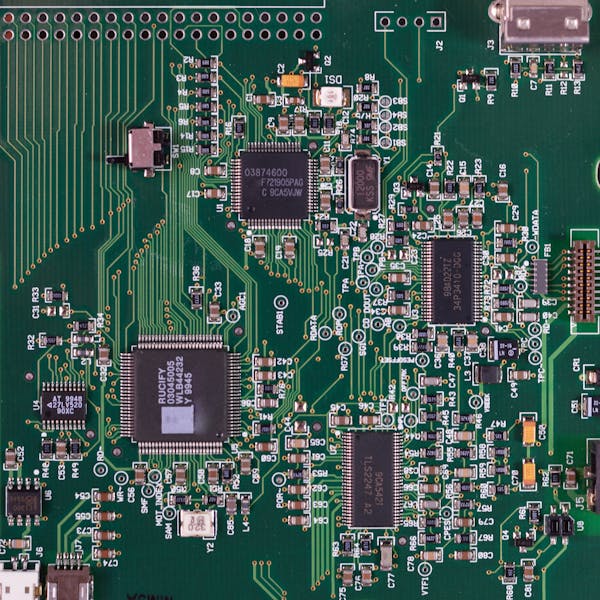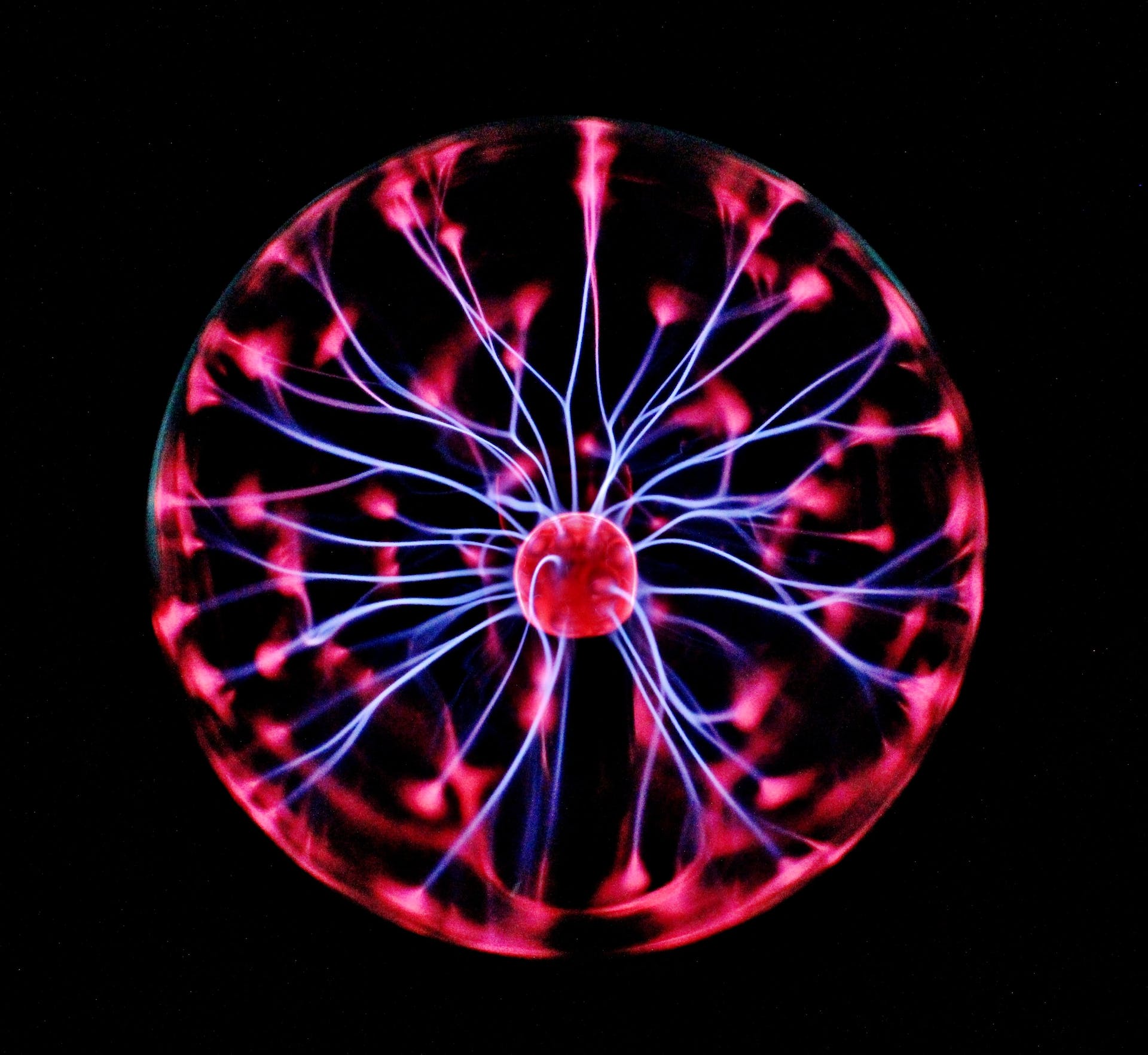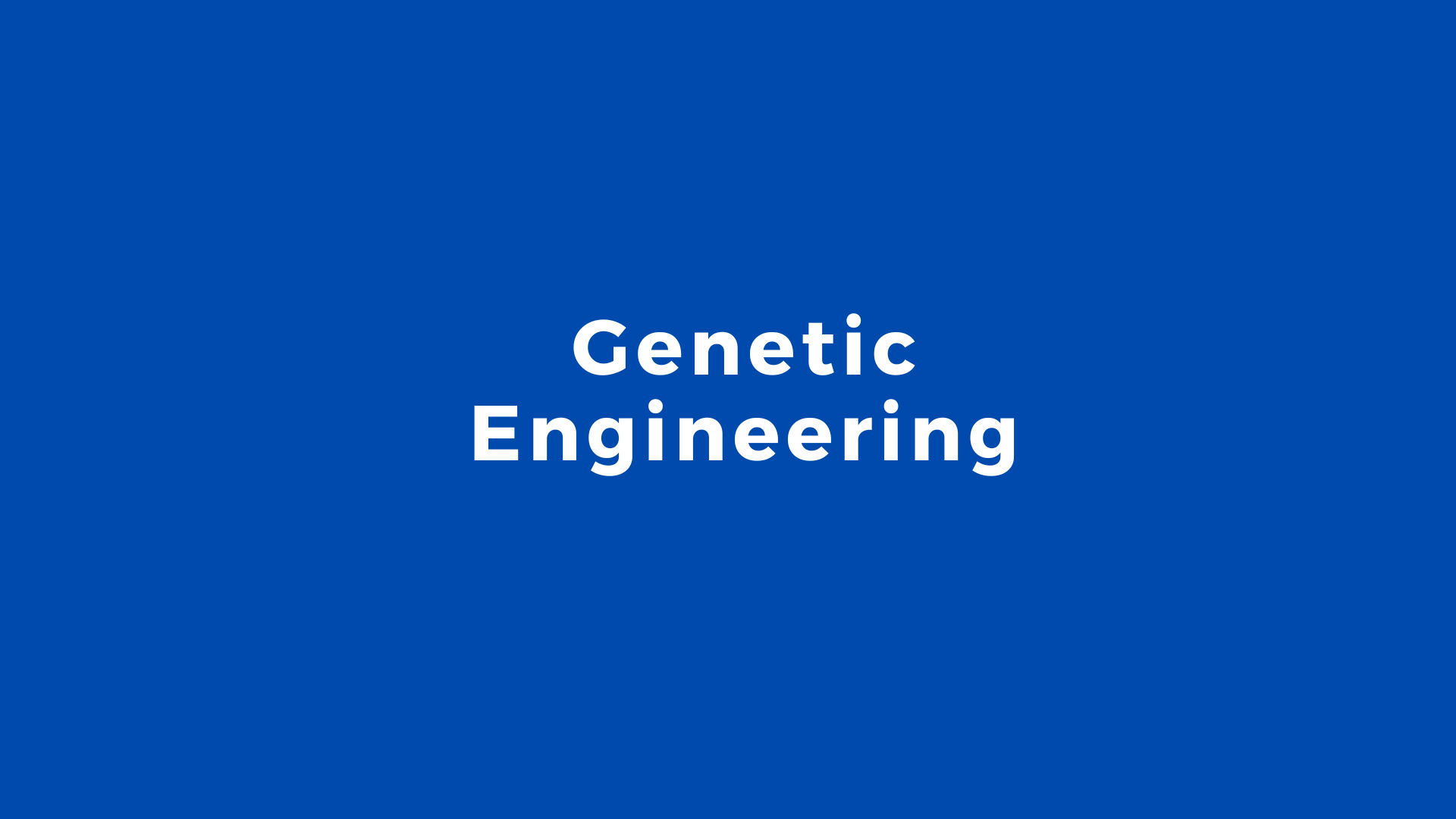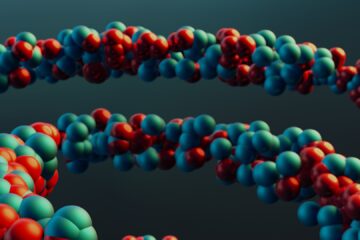Nanobiotechnology
In the world of science, there’s a special place where tiny particles hold enormous promise. It is called Nanobiotechnology. This field brings together two big areas of science: nanotechnology, which deals with really small stuff, and biotechnology, which focuses on living things like cells and DNA.
Nanobiotechnology opens doors to exciting new ways to help people, grow food, and take care of our planet.
In the vast realm of scientific innovation, few frontiers hold as much promise and intrigue as nanobiotechnology. It is like a magical bridge between two big areas of science: nanotechnology and biotechnology. Picture it as a tiny world where incredibly small particles hold incredible promise for helping people, improving agriculture, and taking care of our planet.
Imagine a world where diseases are detected and treated at their earliest stages, thanks to nanoscale sensors coursing through our bloodstream like silent sentinels. This isn’t just science fiction; it’s the potential reality of nanobiotechnology. These minuscule marvels, engineered to detect specific biomarkers associated with diseases, promise early diagnosis and targeted treatment, ushering in a new era of personalized medicine. Picture tiny sensors, so small they can travel through our bodies, looking for signs of illness. These sensors, enabled by nanobiotechnology, could help doctors find problems before they become serious. With treatments starting sooner, people could recover faster, leading to healthier lives for all.
The impact of nanobiotechnology extends far beyond healthcare. In agriculture, nano-sized delivery systems enhance crop yields while minimizing environmental impact. Imagine crops that require fewer pesticides and fertilizers, thanks to nanocarriers that precisely deliver nutrients and protect plants from pests and diseases. With the global population soaring, such innovations are not just desirable but essential for ensuring food security while safeguarding our planet’s precious resources. Nanobiotechnology isn’t just about helping people stay healthy; it’s also about making farming better. Picture farms where plants grow strong and healthy without needing lots of chemicals. Nanotechnology could help by delivering nutrients right to the plants and protecting them from bugs and diseases. This could mean more food for everyone, without harming the environment.

Nanobiotechnology holds immense promise for environmental conservation. Imagine a world where nanomaterials purify water, remediate polluted soil, and capture carbon emissions, offering sustainable solutions to mitigate the impact of human activities on the planet. From nanoscale filters that remove contaminants from water sources to nanoparticles that break down pollutants, these innovations offer hope for a cleaner, healthier world for generations to come.
But amidst the awe-inspiring potential of nanobiotechnology, it’s essential to remember the human element. Behind every scientific breakthrough lies a story of curiosity, dedication, and collaboration. Researchers around the globe work tirelessly to unlock the secrets of the nanoscale world, driven not only by a thirst for knowledge but also by a deep-seated desire to make a positive impact on society.
Moreover, the benefits of nanobiotechnology must be accessible to all, regardless of geography or socioeconomic status. As we harness the power of nanotechnology to address global challenges, it’s crucial to ensure equitable distribution and responsible use of these technologies. By fostering collaboration across disciplines and borders, we can harness the full potential of nanobiotechnology to build a brighter, more inclusive future for all.

Nanobiotechnology isn’t just about science and technology; it’s about hope. It’s about the hope of a healthier future, where sickness is spotted early and treated quickly. It’s about the hope of a greener future, where farms thrive without harming the planet. And it’s about the hope of a cleaner future, where our air and water are pure and safe for everyone. With nanobiotechnology, these hopes can become realities, making our world a better place for generations to come.
Behind all these remarkable ideas are real people—scientists who work hard to make them happen. These scientists are like curious explorers, always asking questions and looking for answers. They work together, sharing ideas and discoveries, to find new ways to use nanobiotechnology to help others.
It’s crucial that everyone benefits from these discoveries, regardless of where they live or their financial status. That’s why scientists and leaders are collaborating to ensure that everyone can share in the benefits of nanobiotechnology. Together, we can make sure that nanobiotechnology helps everyone, making our world a better place for all of us.
Think about this: What if we could find diseases really early and treat them before they got serious? With nanobiotechnology, it might be possible! Imagine tiny sensors so small they can move through our bodies, searching for signs of illness. These sensors could help doctors catch problems sooner, so treatments could start faster, and people could get better quicker.
But nanobiotechnology isn’t just about keeping us healthy; it’s also about making farming better. Imagine farms where plants grow strong and healthy without needing lots of chemicals. Nanotechnology could help by delivering nutrients right to the plants and protecting them from bugs and diseases. This could mean more food for everyone, without harming the environment.
And that’s not all! Nanobiotechnology could also help clean up our planet. Think about all the pollution in our air and water. Tiny particles called nanomaterials could be our superheroes, cleaning up the mess. They could filter dirty water, clean up polluted soil, and even capture harmful gases from the air. It’s like having little helpers working to keep our planet clean and healthy.
But behind all these amazing ideas are real people—scientists who work hard to make them happen. These scientists are like curious explorers, always asking questions and looking for answers. They work together, sharing ideas and discoveries, to find new ways to use nanobiotechnology to help others.
And it’s important that everyone benefits from these discoveries, no matter where they live or how much money they have. That’s why scientists and leaders are working together to make sure everyone can share in the benefits of nanobiotechnology. By working together, we can make sure that nanobiotechnology helps everyone, and that it makes our world a better place for all of us.
In the end, nanobiotechnology isn’t just about science and technology. It’s about hope. It’s about the hope of a healthier future, where sickness is spotted early and treated quickly. It’s about the hope of a greener future, where farms thrive without harming the planet. And it’s about the hope of a cleaner future, where our air and water are pure and safe for everyone. With nanobiotechnology, these hopes can become realities, making our world a better place for generations to come.
FAQs
1. What exactly is nanotechnology, and why is it significant?
Nanotechnology involves the manipulation of materials at the nanoscale, typically between 1 to 100 nanometers. This field is crucial because materials at this scale exhibit unique properties, allowing for groundbreaking advancements in medicine, electronics, energy, and more.
2. How does nanotechnology impact healthcare?
Nanotechnology revolutionizes healthcare by enabling targeted drug delivery, early disease detection through biosensors, and tissue engineering for regenerative medicine. These innovations promise more effective treatments and improved patient outcomes.
3. What are the potential risks associated with nanotechnology?
While nanotechnology offers vast benefits, concerns exist regarding the potential health and environmental risks of engineered nanoparticles. Exposure to certain nanomaterials may pose health hazards, and their release into ecosystems could have unforeseen consequences.
4. How is nanotechnology regulated to ensure safety?
Regulation of nanotechnology varies globally, with some jurisdictions implementing guidelines for the responsible development and use of nanomaterials. Regulatory agencies assess the risks of nanotechnology products to human health and the environment, guiding their safe deployment.
5. What role does nanotechnology play in addressing environmental challenges?
Nanotechnology offers innovative solutions for environmental remediation, including water purification, pollution control, and sustainable energy production. Nanomaterials can efficiently remove contaminants from water sources and capture pollutants from the air, contributing to a cleaner and healthier environment.
6. What are the ethical considerations surrounding nanotechnology?
Ethical concerns related to nanotechnology include issues of privacy, surveillance, and equitable access to its benefits. As nanotechnology advances, it’s crucial to address these ethical dilemmas and ensure that its applications uphold societal values and respect individual rights.
7. What does the future hold for nanotechnology?
The future of nanotechnology is brimming with potential, with ongoing research driving further innovations and applications. Advancements in nanomedicine, nanoelectronics, and nanomaterials are expected to reshape industries, enhance technological capabilities, and address pressing global challenges.




